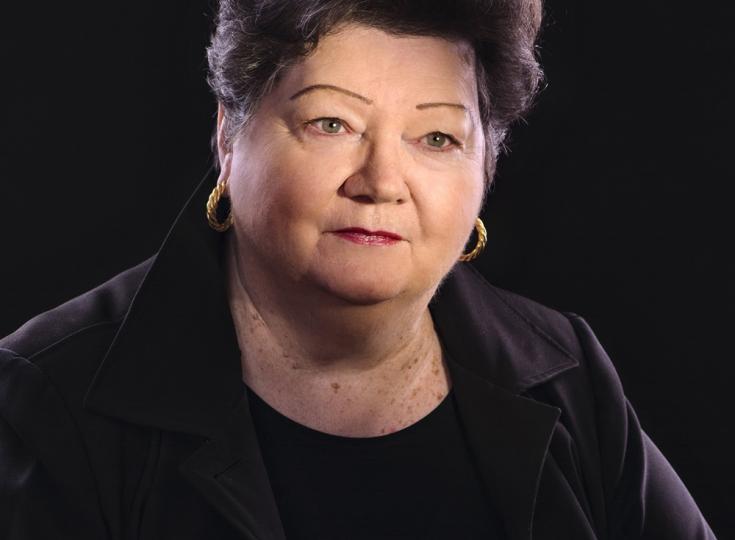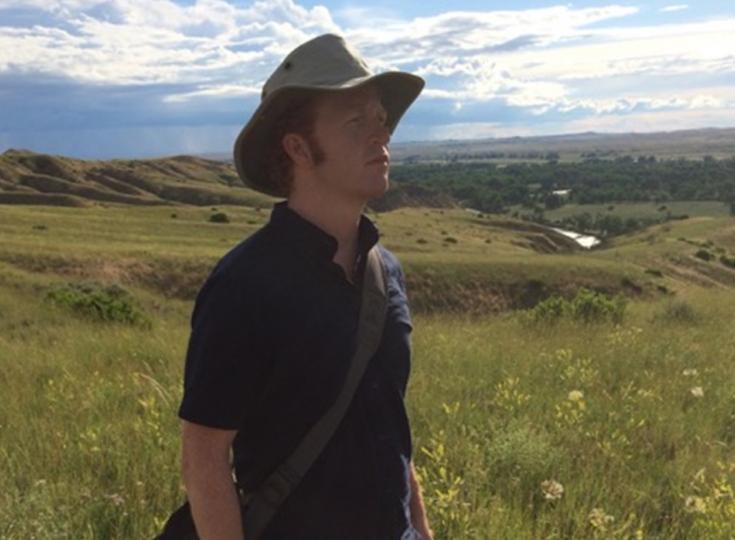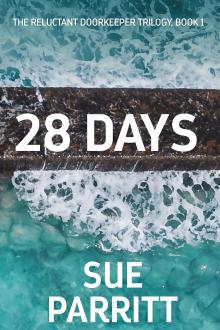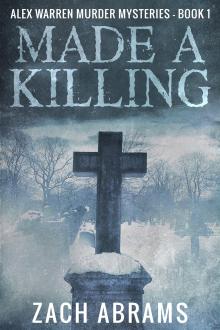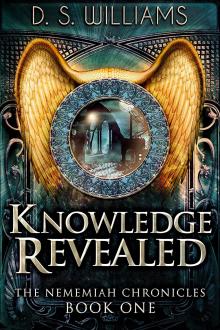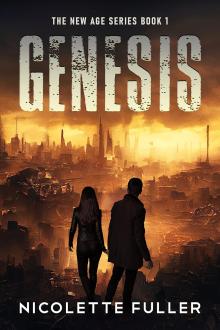Kristina McMorris - Inspired by a Historic Photo of a "For Sale" Sign

KRISTINA MCMORRIS is a New York Times and USA Today bestselling author. Her novels have garnered more than two dozen literary awards and nominations, including the IMPAC Dublin Literary Award, RWA's RITA Award, and a Goodreads Choice Award for Best Historical Fiction. Inspired by true personal and historical accounts, her works of fiction have been published by Sourcebooks Landmark, Penguin Random House, HarperCollins, and Kensington Books. As our Author of the Day, Kristina tells us about her book, Sold on a Monday.
Please give us a short introduction to what Sold on a Monday is about.
Sure, I’d love to. In a sentence, the story features a Depression-era reporter who snaps a photo of two children being sold on a farmhouse porch, leading to his big break—and devastating consequences for everyone involved.
What inspired you to write this book?
I was online one day, actually researching for another novel, when I happened across a photo. It was a black-and-white image of four children huddled on a stoop in Chicago, with their mother shielding her face from camera and a sign that read: “4 Children for Sale, Inquire Within.” As you can imagine, I was stunned. I could understand a mother giving up her children for their betterment, but what would push a parent to ask for money in return?
That question kept haunting me until I discovered a recent follow-up article about the kids (now adults), and how some of them were reuniting for the first time since childhood. Learning that the five-year-old girl in the picture (whom I’ve since befriended) was sold for two measly dollars—apparently so her mother could have bingo money!—was astonishing. As was a claim by some family members that the photo was staged. That’s when I first noticed the perfectly painted letters of the sign, complete with reflective accent marks, and I suddenly knew that my story would be told from the perspective of a reporter whose seemingly harmless act starts a ripple effect that will change many people’s lives.
Tell us more about Ellis Reed. What makes him tick?
To me, Ellis is a caring, ambitious, hardworking person who, for a time, misplaces his moral compass. He’s driven at first by a deep yearning for his father’s hard-won approval, and later by determination to help others and right his wrongdoings.
Why did you pick 1931 as the time period for this story?
Honestly, when I first saw the photo, I assumed—as I think a lot of people have—that it was taken during the Great Depression. I was surprised to learn it was actually from 1948. So, that was the first reason for choosing the 1930s; and second, the extreme economic hardships of that period lend a naturally desperate context for the characters in my book, pushing them across moral and ethical boundaries that they otherwise might not have crossed. That said, 1931 found many people in America facing an early fallout of the stock market crash of ’29. So, while it was a difficult time for sure, it wasn’t quite as challenging as the years that soon followed, which gave my characters a bit more latitude with their careers.
Readers say that your writing gives them such a sense of place that they feel more like they are traveling than reading. How did you pull this off?
That’s so nice to hear, and a compliment that means a lot to me. I try my best with every book to be as historically accurate as possible. When it comes to research, I find documentaries and memoirs extremely helpful, but live interviews and hands-on research have been truly invaluable—my favorite experiences so far being a ride on a restored B-17, a pilgrimage at an internment camp, and a night tour of Alcatraz (which was just as cool as you’d imagine).
How much research did this book require from you? What was the most interesting aspect of this research?
Fortunately, I’d already researched the era quite a bit for my previous novel, The Edge of Lost (which, by the way, even features a few familiar characters from Sold on a Monday!). For the journalistic aspects, I relied mostly on memoirs from old-time reporters who had incredible stories to tell, as well as newspaper and reporter friends who generously read my early pages with an eye for accuracy. I was also lucky enough to able to draw from my own experiences in the newsroom, since I literally grew up in one. From ages nine to fourteen, I hosted a kids’ weekly TV show for an ABC affiliate station, so spent countless hours watching the hustle and bustle of the news world. A decade later, I even interned at the same station and became a contributing freelance writer for a monthly magazine. All that said, it was amazing to observe how much has changed in the industry over the years, but also how much remains the same.
As for the most surprising facts I learned, I would have to say… finding out that Al Capone had once opened bread lines and soup kitchens in order to improve his public image after the Valentine’s Day Massacre; that reporters sometimes got their best scoops from switchboard operators and firefighters, since both tended to know about the juiciest happenings in their town; plus all kinds of fun facts about the famed Model T, known as the Tin Lizzy.
Besides writing, what other secret skills do you have?
Hmm… I suppose it’s being a master tidier/organizer, which admittedly includes grouping the hanging clothes in my closet by color and alphabetizing my family’s DVDs. But then, doesn’t everyone do that??
Tell us more about the cover and how it came about.
Initially my publisher proposed using a very different photo. Although it was lovely, I just didn’t think it quite captured the feel and era of the story. Fortunately, my publishing team was wonderful about considering my feedback, and the image they offered next (which became the final cover) stunned me in the best of ways. Making it even more special, the little boy in the cover photo is actually the son of the photographer who took it, and the weathered suitcase in fact belongs to her father.
Is there an underlying message you wish to relay about basic human nature through your characters?
Nearly all my characters, in each of my books, are inherently good people at heart. But circumstances often lead them to make questionable choices. That being said, my hope is that even if readers don’t necessarily agree with their decisions, they’ll at least understand their reasoning. For me, it’s a strong reminder of the importance of empathy and compassion for others in real life.
In this book you’re dealing with so many difficult themes – as a writer, do you feel a sense of responsibility? If so, how do you deal with this?
I’d say the biggest responsibility I feel is to be true to the characters I’ve created. Often that includes research about people’s real-life experiences that are similar, in hopes of accurately portraying what my characters are going or have gone through, ultimately shaping them into who they are.
Do you consider yourself a disciplined writer? Do you have a schedule that you stick to, or is it more in the moment?
I’m afraid I’m not as disciplined as my friends in the 5am writers’ club. Yikes! But otherwise, yes, I’m disciplined in that I keep a regular writing schedule that runs during school hours through the weekdays. My work clock starts when the kids get on the bus and stops when they come charging back through the door full of stories from their day.
Do you work to an outline or plot or do you prefer to just see where an idea takes you?
As I do with each of my books, I plotted Sold on a Monday initially with bullet points, followed by a detailed synopsis, and finally a mini-Post-It board. Then as usual, of course, the story and characters developed fully, and even changed, once I began the actual writing.
What are you working on right now?
I’m working on another WWII novel that I’m not quite ready to talk about yet but can’t wait until it’s time to spill!
Where can our readers discover more of your work or interact with you?
Aside from a newsletter I send out a few times a year (the quick signup can be found at www.KristinaMcMorris.com), here’s where readers can easily find me:
Facebook: www.facebook.com/KristinaMcMorrisAuthor
Instagram: www.instagram.com/kristina.mcmorris
Twitter: www.twitter.com/KrisMcmorris
Goodreads: www.goodreads.com/KristinaMcMorris


